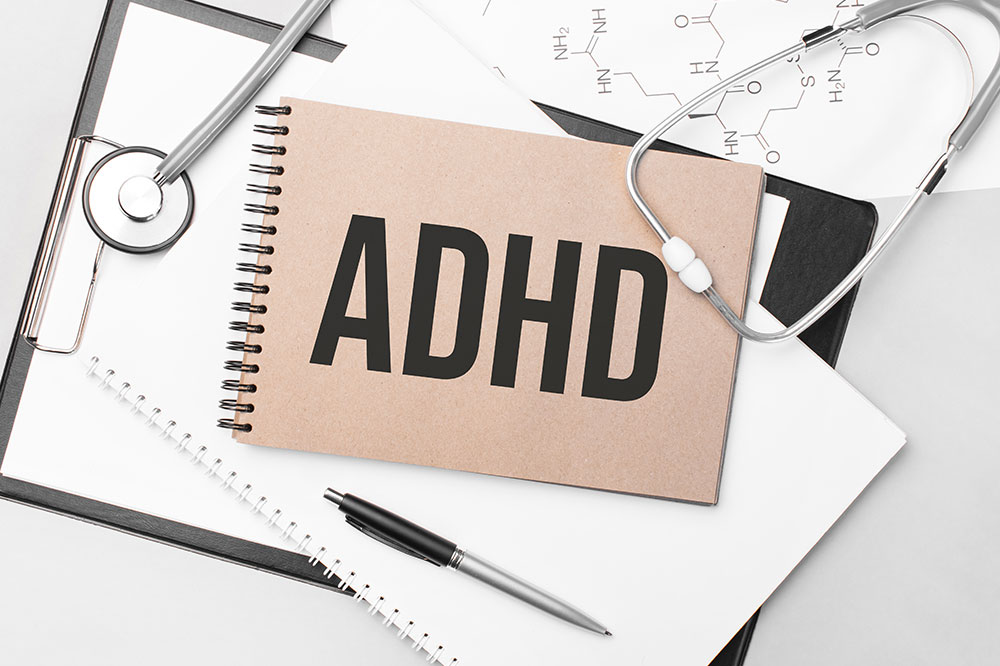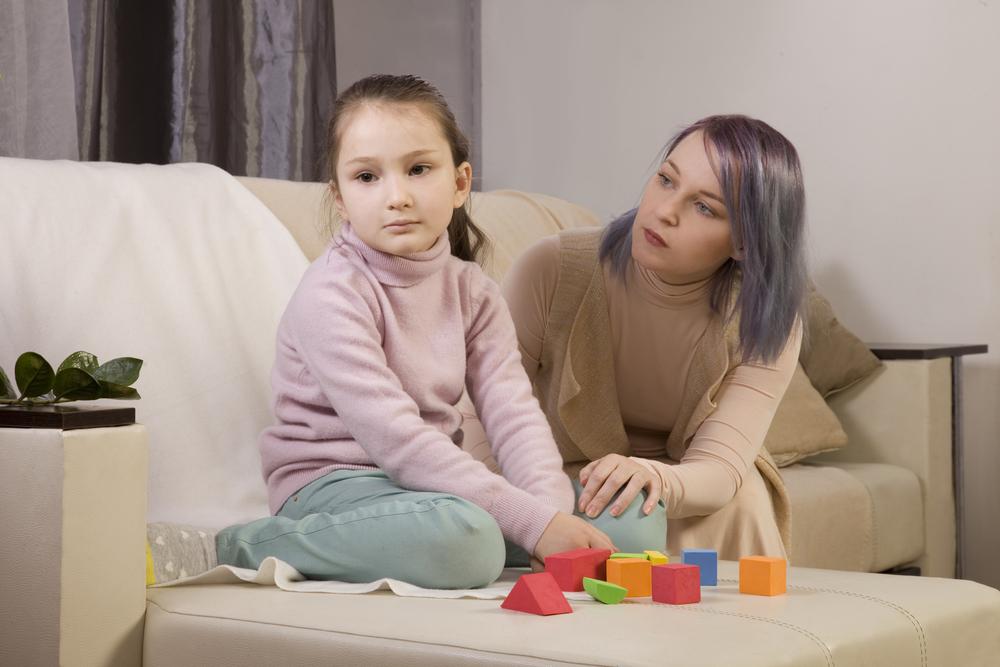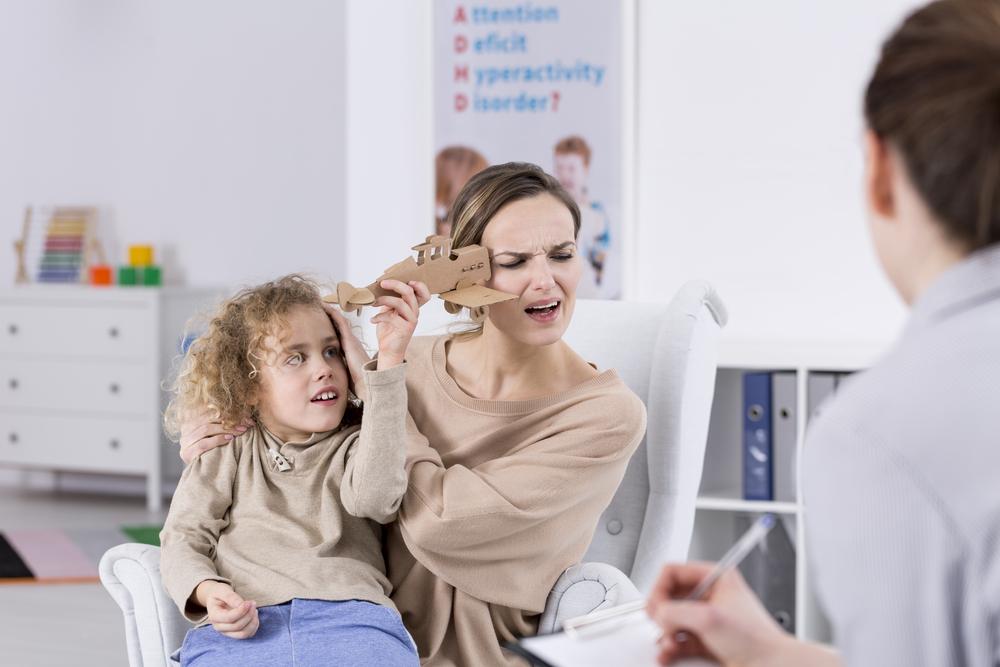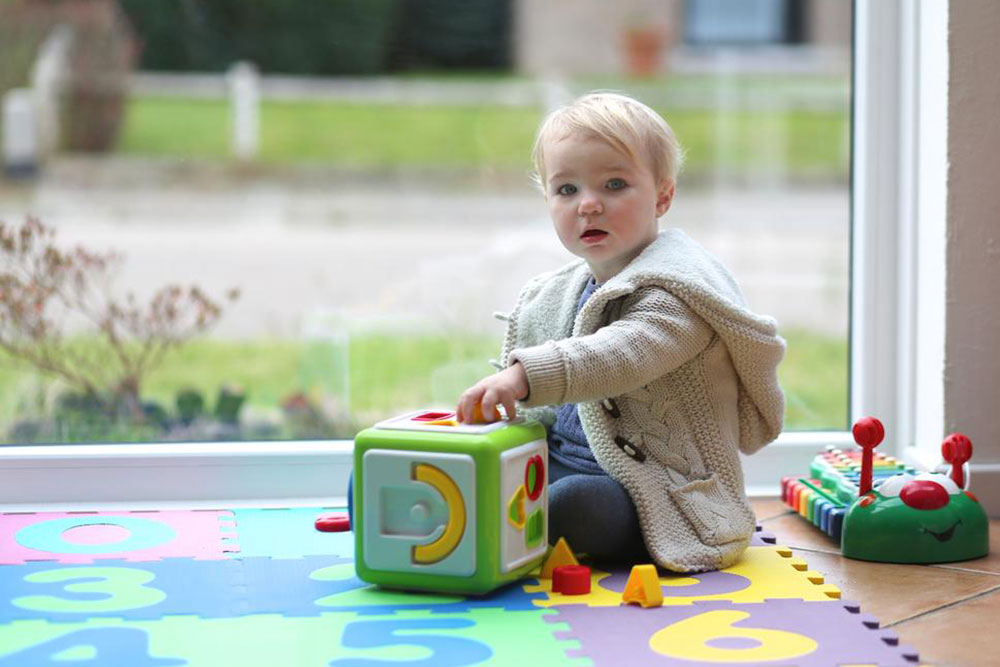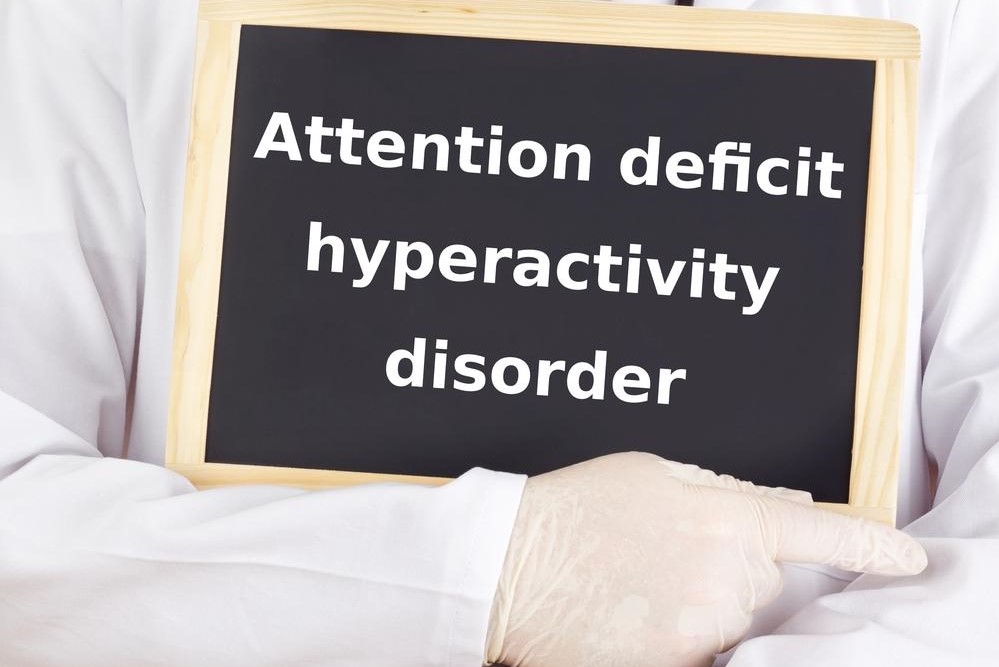Comprehensive Guide to Identifying ADHD Symptoms in Children and Ensuring Early Intervention
This detailed article provides an in-depth overview of recognizing signs of ADHD in children, emphasizing early detection and intervention. It covers common symptoms such as hyperactivity, impulsivity, and emotional volatility, highlighting the importance of professional evaluation and tailored support strategies. Parents, teachers, and caregivers can benefit from this comprehensive guide to help children manage symptoms effectively, ensuring better social, emotional, and academic development.
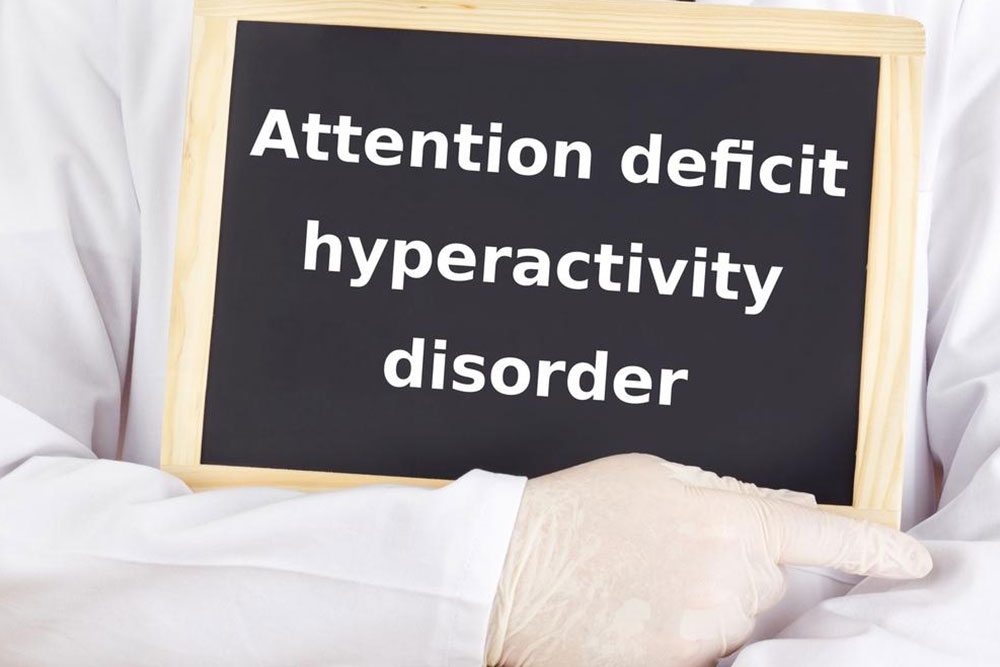
Comprehensive Guide to Identifying ADHD Symptoms in Children and Ensuring Early Intervention
Attention Deficit Hyperactivity Disorder (ADHD) is one of the most common neurodevelopmental conditions affecting children worldwide. It is characterized by persistent patterns of inattention, hyperactivity, and impulsivity that can interfere with a child's daily functioning, learning, and social interactions. Early recognition and intervention are vital to help children manage symptoms effectively and reach their full potential.
ADHD typically manifests around the age of seven, although signs can be observed in younger children. The disorder is often diagnosed after a thorough evaluation by healthcare professionals, including pediatricians, psychologists, or psychiatrists. Recognizing the early warning signs can significantly improve outcomes and provide children with the support they need to succeed both academically and socially.
Understanding the common signs of ADHD is crucial for parents, teachers, and caregivers. Children with ADHD often display a combination of symptoms that can vary in intensity and presentation. These include excessive energy, difficulty staying seated, and an urgent need for movement, especially in situations that require quiet or focused behavior.
Hyperactivity tends to be one of the most noticeable signs, with children frequently fidgeting, squiriming, or running around aimlessly. Impulsivity manifests in impatience, interrupting conversations, or acting without regard for safety, which can sometimes lead to accidents or risky behaviors. Emotional dysregulation is also common, with children experiencing intense reactions such as anger, frustration, or sadness over relatively minor issues.
While occasional distractibility and forgetfulness are part of normal childhood development, persistent patterns of these behaviors should raise concerns. Children with ADHD often struggle with maintaining attention on tasks, completing homework, or following instructions, which can affect their academic progress. Socially, they may find it challenging to establish and maintain friendships due to impulsive actions or difficulty interpreting social cues.
It is important for parents and educators to recognize that these behaviors are not signs of intentional defiance or laziness but rather symptoms caused by neurological differences. Early detection allows for tailored interventions, including behavioral therapy, medication, and environmental modifications to help children manage their symptoms effectively.
In addition to behavioral symptoms, children might show signs of emotional volatility, such as frequent mood swings, irritability, and difficulty with emotional self-regulation. These emotional symptoms can often be mistaken for typical childhood behavior; however, their severity and persistence necessitate professional assessment.
Parents should observe their child's behavior closely and seek medical advice if they notice ongoing issues like inability to concentrate, excessive movement, impulsive decisions, or emotional outbursts. A comprehensive evaluation typically involves collecting detailed behavioral histories, clinical assessments, and sometimes psychological testing to confirm an ADHD diagnosis.
Addressing ADHD early involves establishing a support plan that combines educational strategies, behavioral management, and possibly medication. Creating structured routines and clear expectations at home and school can help children develop better self-control and improve their social interactions. Moreover, involving mental health professionals can guide parents and teachers in implementing effective strategies tailored to each child's unique needs.
In conclusion, recognizing the signs of ADHD in children early is the first step toward providing them with the necessary treatment and support. By understanding the common symptoms—including hyperactivity, impulsivity, emotional intensity, and distraction—parents and caregivers can facilitate timely intervention, ultimately helping children lead more balanced and fulfilling lives.
